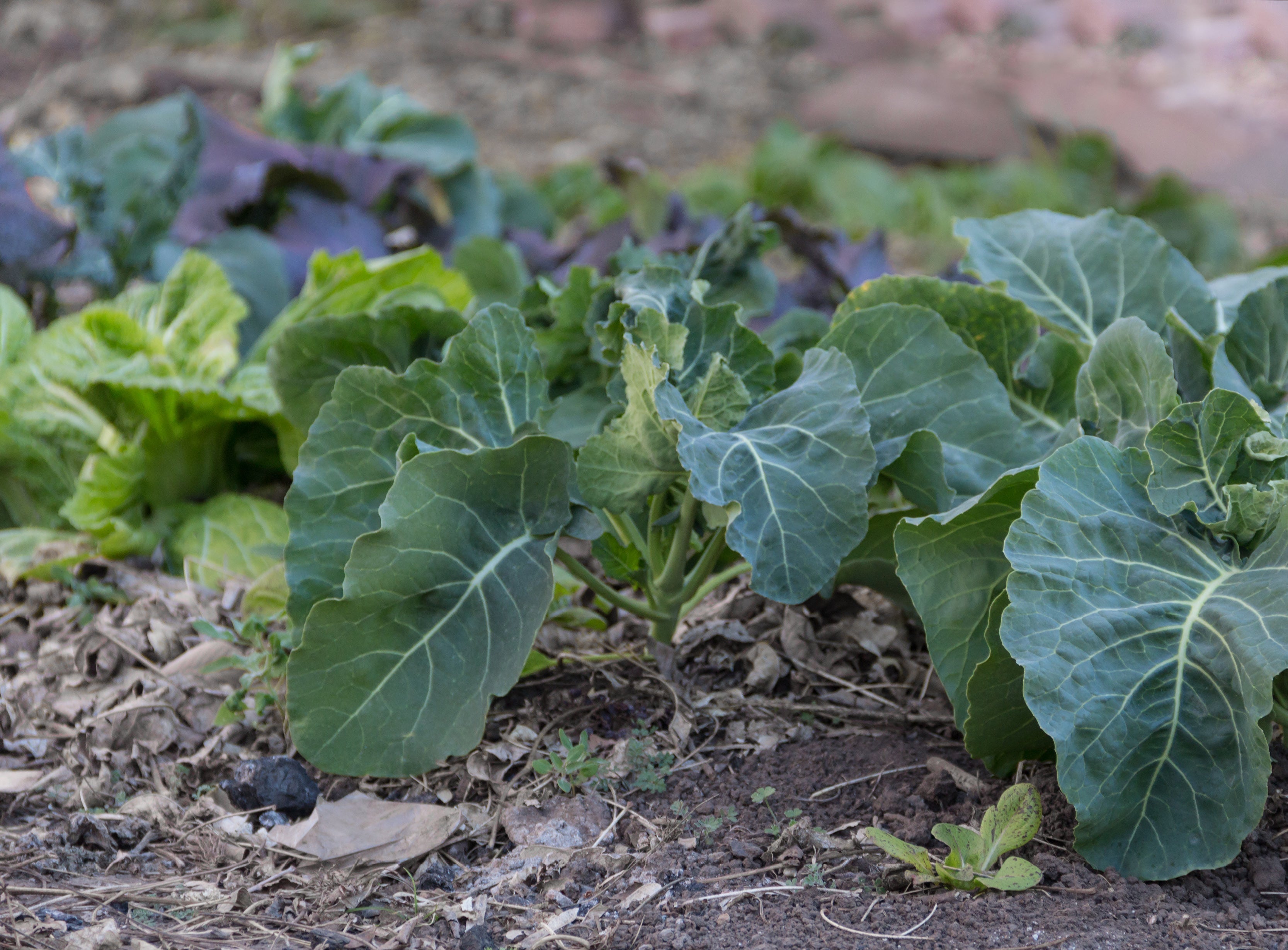
Winterkohl anbauen – So versorgst Du Dich auch im Winter mit frischem Gemüse
Du möchtest auch in der kalten Jahreszeit frisches Gemüse aus dem eigenen Garten ernten? Dann ist Winterkohl genau das Richtige für Dich! Ob Grünkohl, Rosenkohl oder Palmkohl – diese robusten Kohlsorten trotzen Frost und Kälte. Hier erfährst Du alles rund um Aussaat, Pflege und Ernte von Winterkohl.
Continue reading
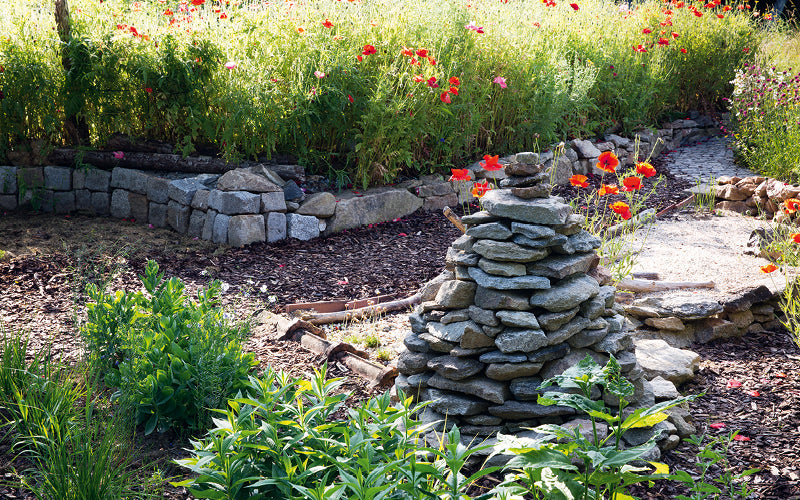
Building shelter for our garden beneficial insects
"Man does not live by bread alone," as the saying goes, and this applies to wild animals as well. In addition to suitable food, they need shelter and nesting opportunities. We have a few tips you should have up your sleeve for your beneficiaries!
Continue reading
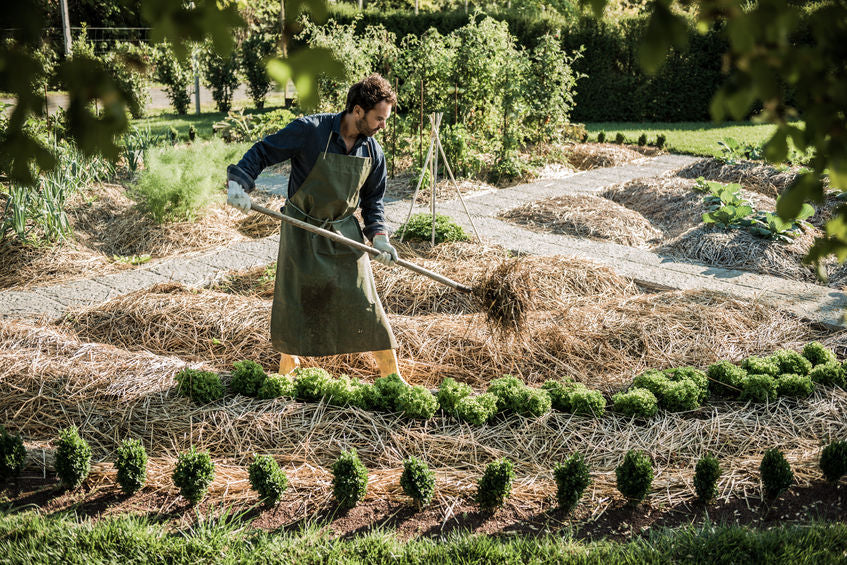
Mulching…
...natural fertilization with an added protective factor. Mulch, for our gardening novices, translates to 'decomposing earth'. It refers to covering bare, uncultivated garden soil with organic matter, i.e., compost. When used correctly, mulching requires less work for the hobby gardener, is ecolo...
Continue reading
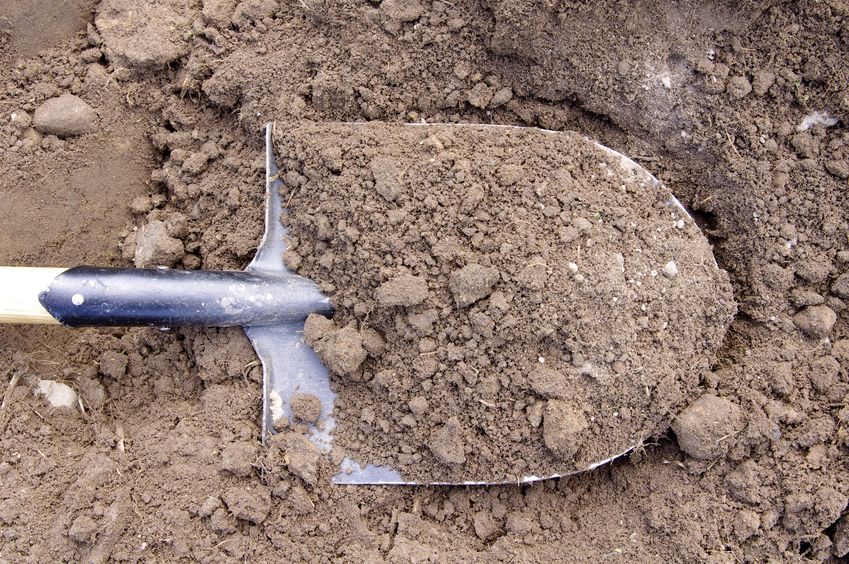
A little soil science
The foundation of life for all plants is the soil in which they grow. How well they thrive depends on the type of garden soil, its structure, and its nutrients. To determine this, you can test your soil.
Continue reading
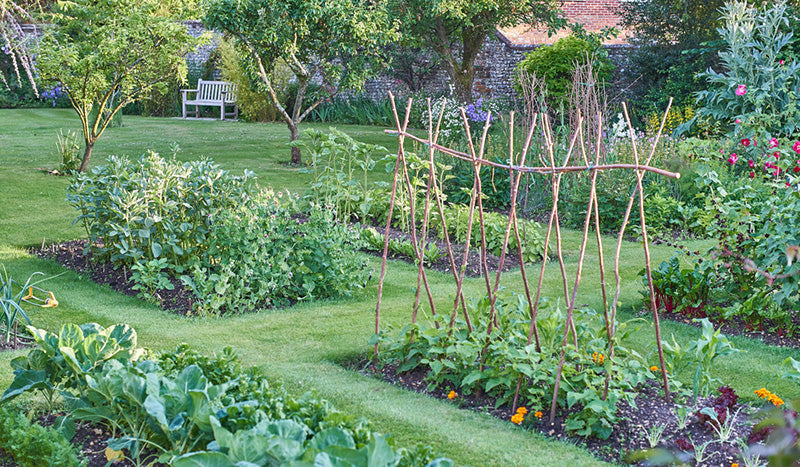
Better gardening with permaculture – living sustainably in harmony with nature
Permaculture is more than a gardening trend—it's a holistic lifestyle concept that combines ecological, social, and economic aspects. Whether in a small urban garden or in the countryside, those who cultivate in harmony with nature create healthy, resilient ecosystems, conserve resources, and pr...
Continue reading
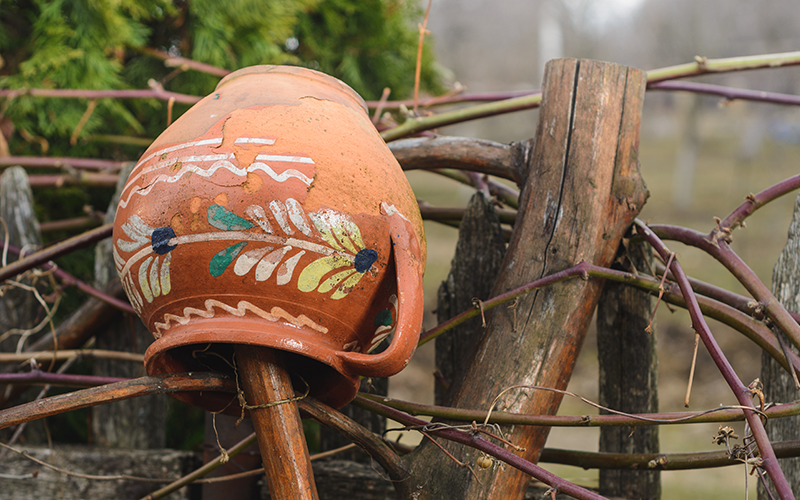
Introducing beneficial insects – the earwig pot
Natural gardening creates species-rich habitats. We'll start in your own garden and show you how to introduce these beneficial earwigs into your garden.
Continue reading
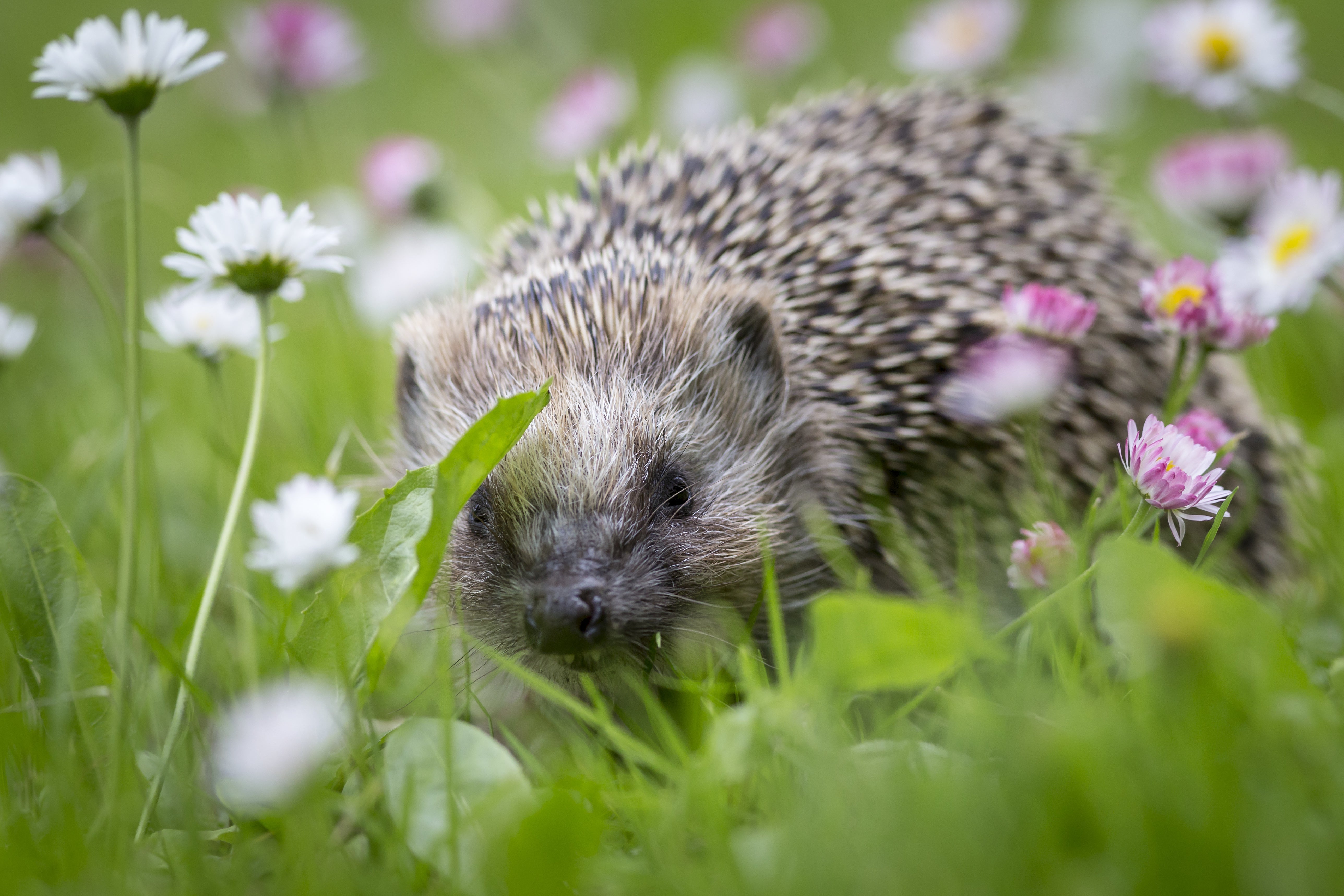
Organic gardening
Organically cultivating a garden takes time and patience. Once the ecological balance in the biotope is achieved, it fills every gardener with pride.
Continue reading
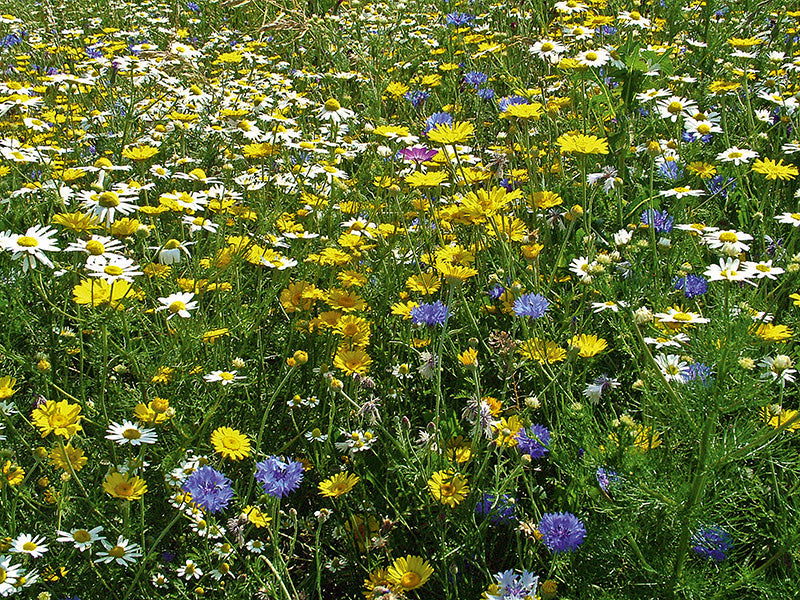
Wildlumenwiese – Lawns can be different
Hard-wearing grassy areas for children to play on are a must-have in almost every garden. But this green carpet doesn't have to be a monotonous steppe: From daisies to herb lawns and wildflower islands to true wildflower meadows, there are natural design options for every taste that will bring a ...
Continue reading
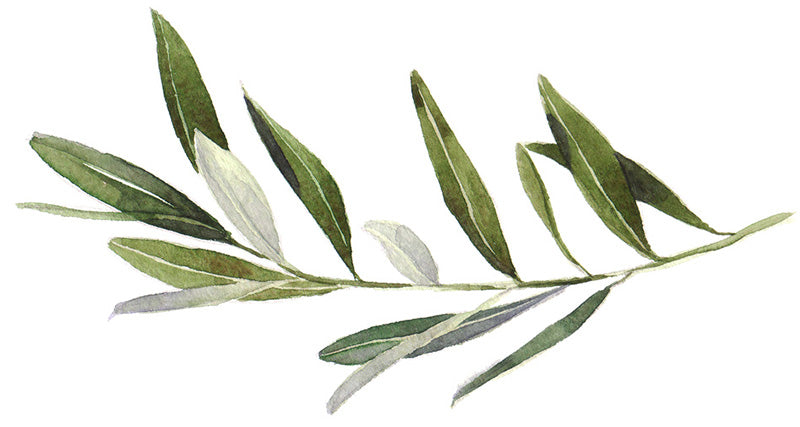
Overfed or underfed?
Look at the leaves from above and below. Check the color. Is the plant growing as expected? Does it appear healthy? A plant's appearance, general condition, and mood all say a lot about its health. How are Aunt Petunia and Uncle Kohlrabi doing?
Continue reading
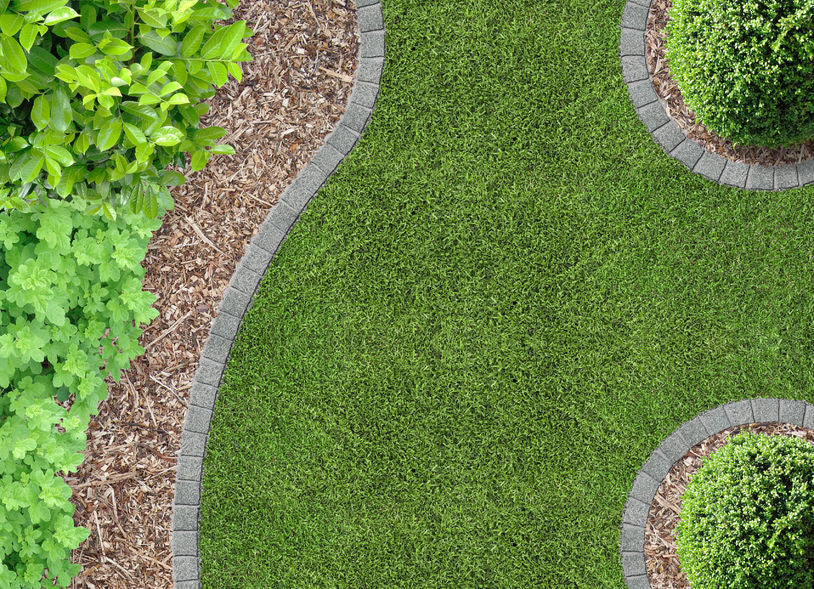
After planting, mulch
Mulch does the trick – Seasoned bark mulch keeps the topsoil moist and prevents weeds from sprouting. Spread the layer a few centimeters thick on the soil to ensure its effect lasts longer than just one season.
Continue reading
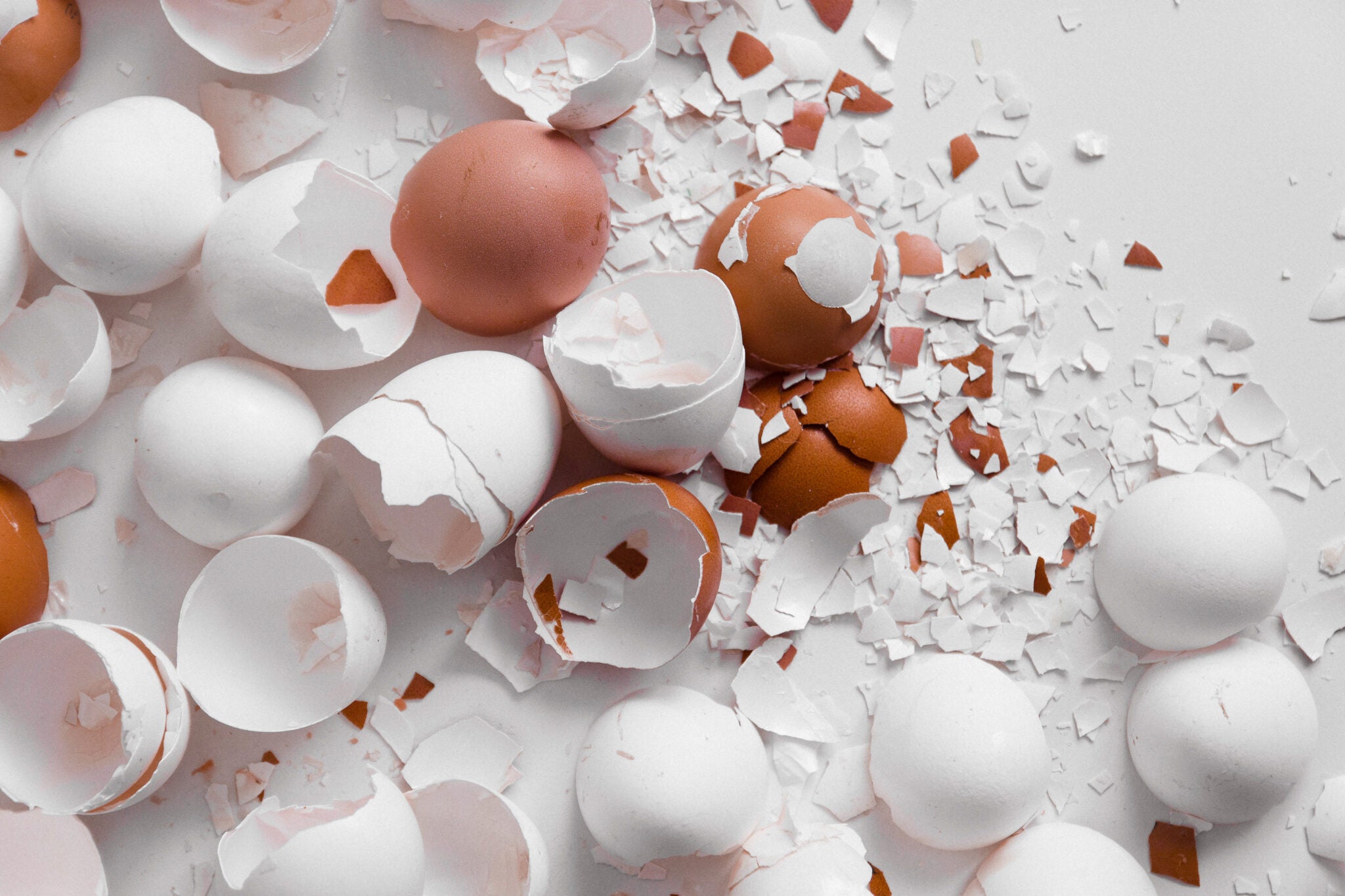
DIY liquid fertilizer from eggshells
Instead of throwing away eggshells, make a liquid fertilizer concentrate with an extremely high calcium content. Eggshells contain calcium, which is easily extracted with vinegar. The resulting water-soluble fertilizer is a boost for plants. We'll show you how!
Continue reading
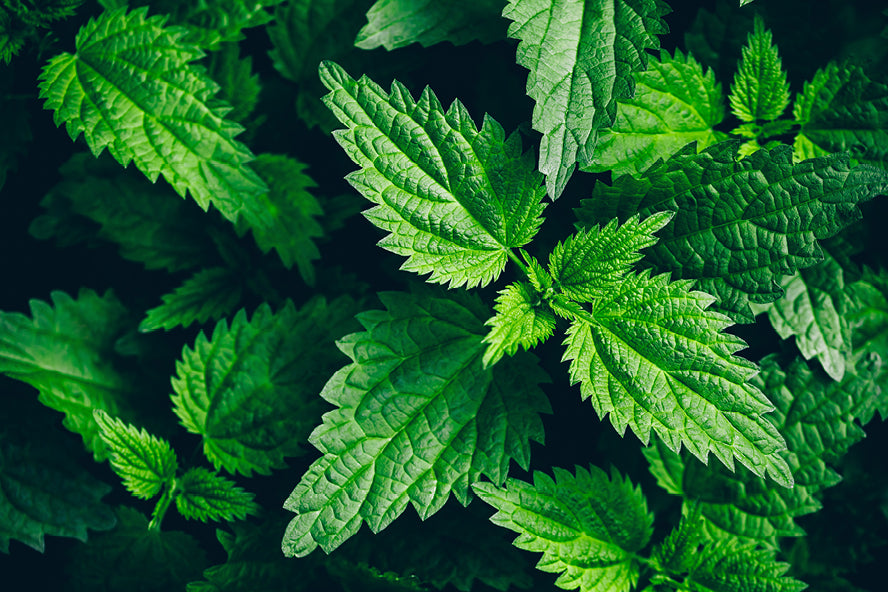
DIY liquid fertilizer from nettles
Homemade liquid fertilizer saves money and releases the valuable nutrients from nettles and comfrey. We'll show you how!
Continue reading
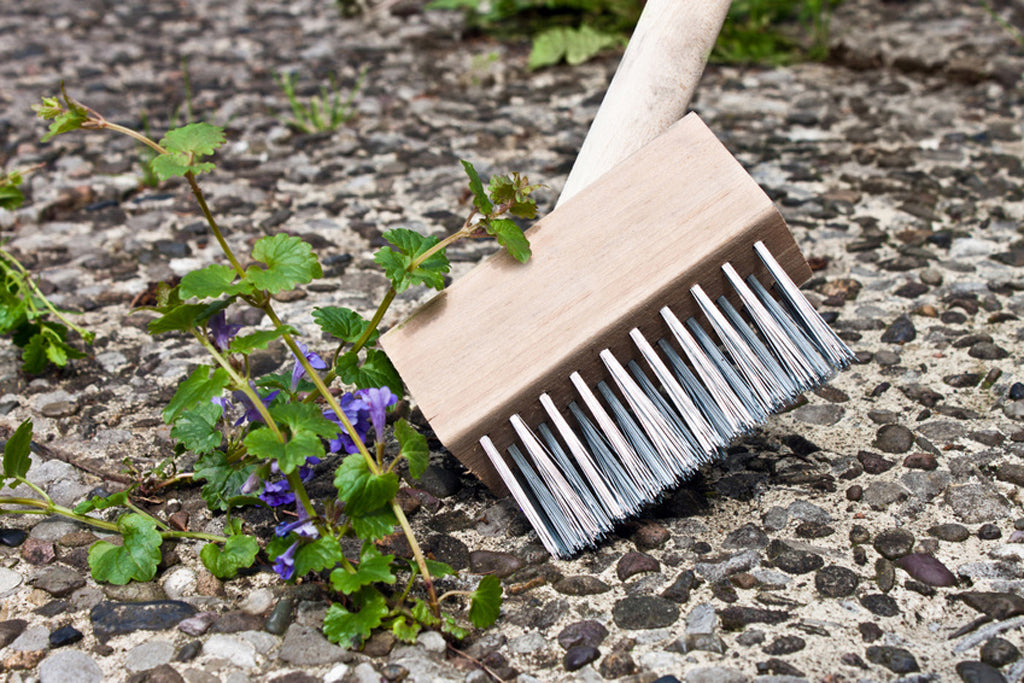
Scratch instead of spray
Using a joint brush and joint scraper, you can easily and environmentally friendly remove even stubborn weeds and moss from joints, even without the use of pesticides. Furthermore, spraying herbicides on surfaces, paths, and squares is prohibited! To ensure your back is also happy with this metho...
Continue reading
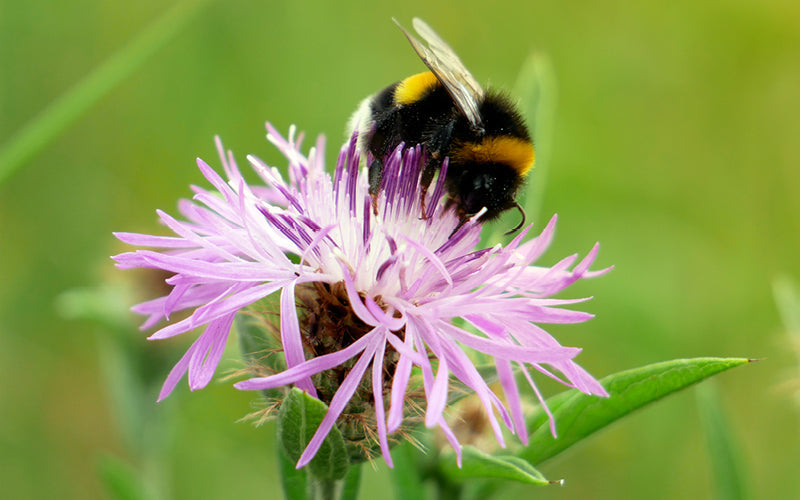
A mini wildflower meadow for the balcony
A species-rich wildflower seed mix transforms your balcony box into a colorful mini wildflower meadow that magnetically attracts bees, butterflies, beetles, and other insects. Read how it's done here!
Continue reading
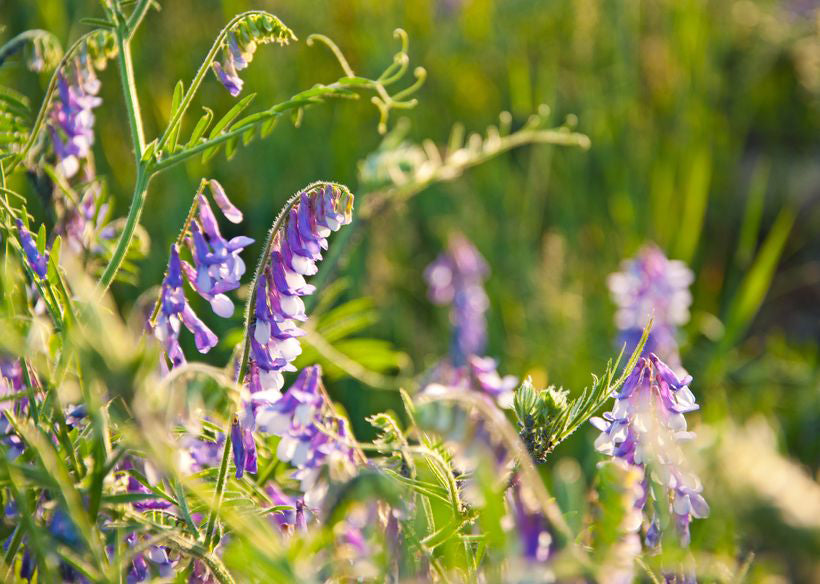
Green manure – revives tired beds
In the vegetable and summer flower garden, the bare earth is starting to show through more and more. The peas have long been harvested, the onions are drying in the sun, braided in braids, and the last of the bush beans are being used in a hearty stew. But don't worry, the beds will quickly turn ...
Continue reading
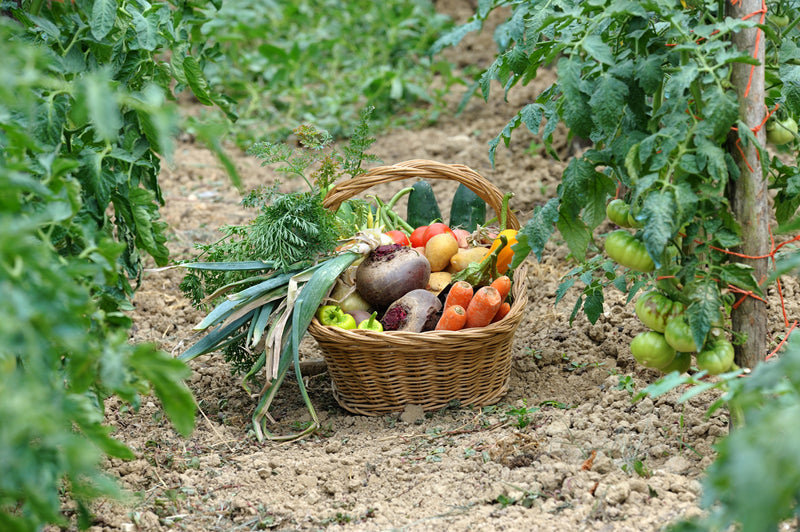
Mixed culture – to good neighbors
What makes a good neighbor? A peaceful coexistence without conflict. When things go really well, neighbors even benefit from each other, for example through help or even consideration – of course, this also applies to the vegetable patch! With the right neighbors, plants thrive twice as well. The...
Continue reading
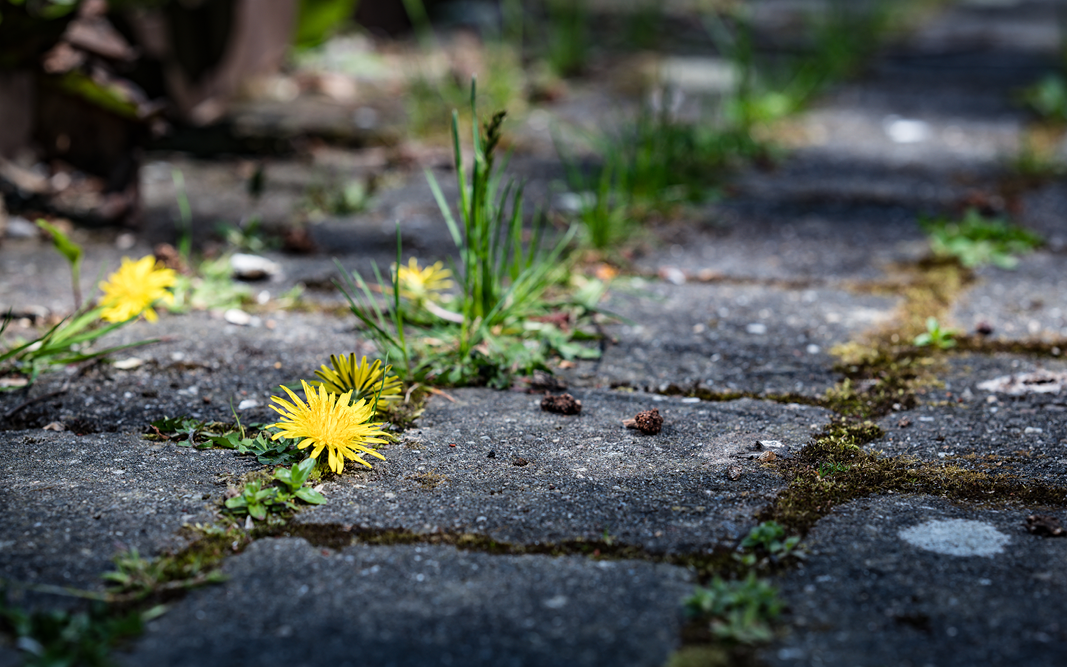
Weeds or wild herbs? Between nuisance and delicacy – what really grows in your garden
Anyone who owns a garden knows them: those unwelcome guests between flowerbeds and paving joints. But are they really just a nuisance – or perhaps an underappreciated treasure? Whether you call them weeds or wild herbs , many of these plants can be far more than just a nuisance.
Continue reading
